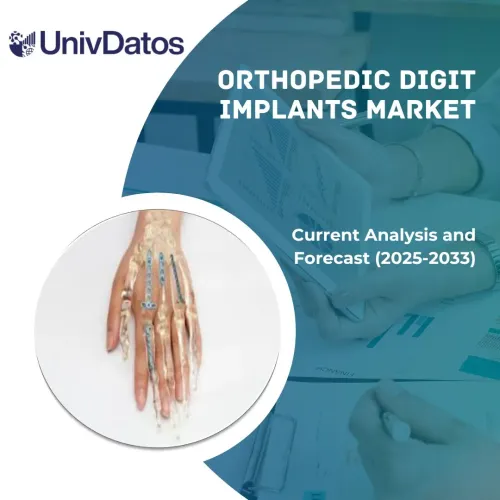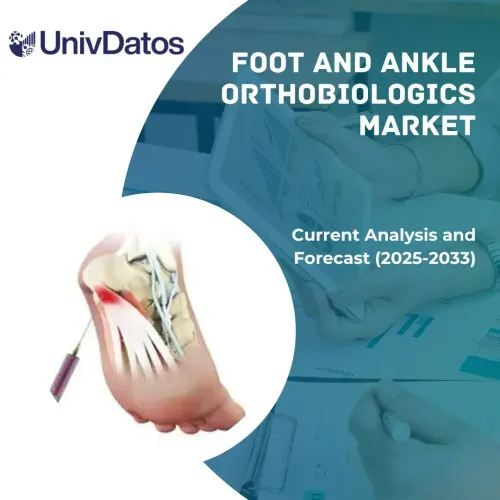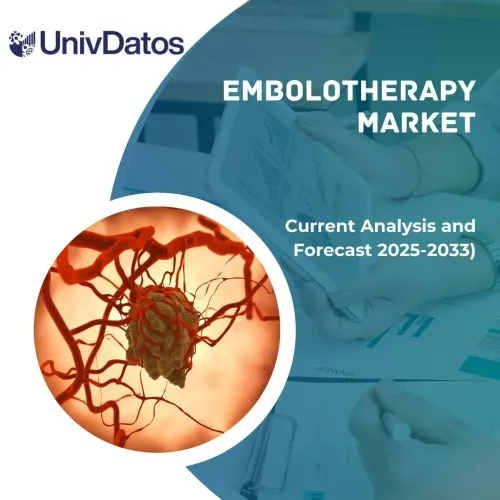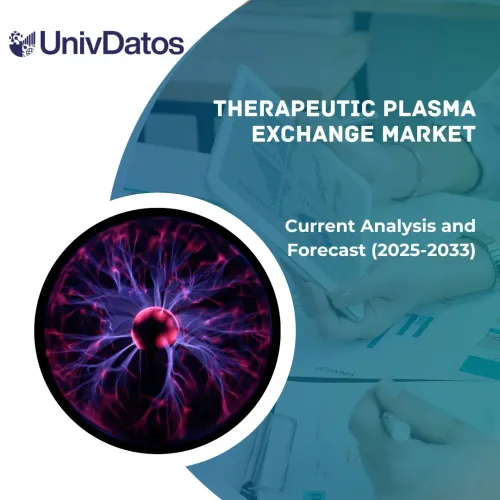- Home
- About Us
- Industry
- Services
- Reading
- Contact Us
Multimodal Imaging Market: Current Analysis and Forecast (2023-2030)
Emphasis on Technology (PET/CT, SPECT/CT, PET/MR, OCT/Fundus Imaging, Others); Application (Oncology, Cardiology, Neurology, Orthopedics, Others); End User (Hospital, Diagnostic Imaging Centers, and Others); Region/Country
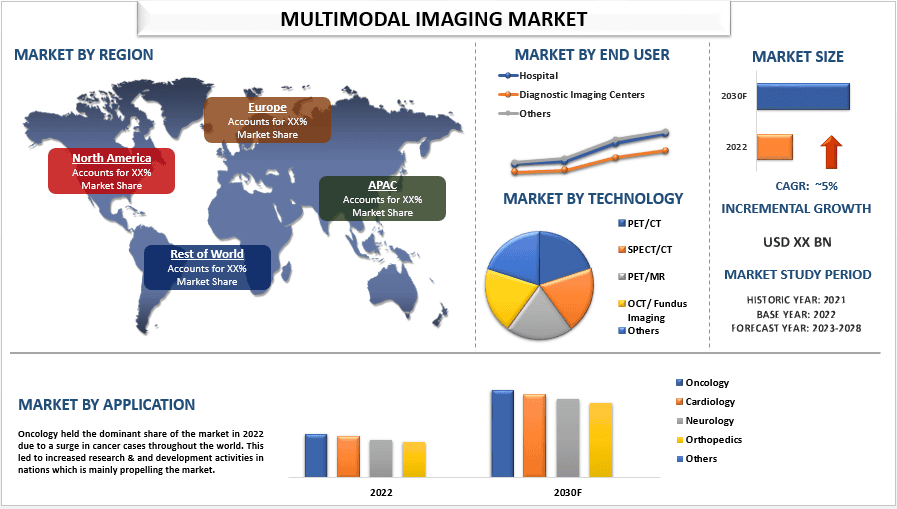
According to a new report by Univdatos Market Insights, the Multimodal Imaging Market, is expected to reach USD 3 Billion in 2030 by growing at a CAGR of 5%. The World Health Organization estimated that approximately 50 million people across the globe have epilepsy, a rare neurological disorder in which 80% of people are from middle to low-income countries. In addition to this, the increasing funding from government organizations for treating such chronic diseases is also driving the multimodal imaging market. Biotech giants throughout the world are leaving no stone unturned to showcase their potential. For instance, MR Solutions Ltd., which is a UK-based MedTech company recently launched pre-clinical models of CT scans for serial multimodal imaging with MRI integrated with CT scanners in the year 2022.
Some of the major players operating in the market include Siemens Healthcare GmbH; Bruker; GE Healthcare; Canon Inc.; Mediso Ltd.; MILabs B.V.; MR Solutions Ltd.; Koninklijke Philips N.V.; PerkinElmer, Inc.; Shanghai United Imaging Healthcare Co., Ltd. Several M&As along with partnerships have been undertaken by these players to facilitate customers with hi-tech and innovative products/technologies.
Insights Presented in the Report
“Amongst technology, the SPECT/CT category to grow with high CAGR during the forecast period”
Based on treatment, the market is segmented into PET/CT, SPECT/CT, PET/MR, OCT/fundus imaging, and others. SPET/CT is expected to hold a significant share in the forecast period owing to its improved attenuation correction, more accurate anatomical lesion localization, and penetrative imaging quality. There are multiple research projects in progress to launch modified models of SPECT/CT. For example, in June 2022, popularly known MedTech giant Siemens Healthineers got FDA clearance for its new SPECT/CT diagnostic scanner named Symbia Pro. specta which can produce detailed quality images. Thus, SPECT/CT is anticipated to grow with a high CAGR in the forthcoming years.
“Amongst applications, the cardiology segment to grow with a significant rate in forecast period”
By application, the market is categorized into oncology, cardiology, neurology, orthopedics, and others. Oncology is anticipated to grow with significant CAGR during the forecast period majorly due to the increase in the prevalence of cardiac disorders. The Consensus of Taiwan Society of Cardiology in May 2023 reported a prevalence of around 1-2% of heart failure in adults. The Centers for Disease Control and Prevention of the U.S. estimated that approximately 0.8 million people in the U.S. suffer from heart attack every year in May 2023. Also, there are many ongoing clinical trials for keeping human hearts healthy. The National Institute of Health reported multiple ongoing clinical trials for diagnosing and treating cardiovascular diseases using multimodal imaging. For instance, analysis of success rate in percutaneous left atrial appendage closure procedures using unimodal and multimodal preprocedural imaging in Hungary since April 2023. Thus, the cardiology segment is expected to grow at a significant rate in the forthcoming years.
“Amongst end users, the diagnostic imaging center segment to grow with a significant rate in forecast period”
Based on end users, the market is segmented into hospitals, diagnostic imaging centers, and others. The diagnostic imaging centers are expected to grow with high CAGR owing to rising hospital admissions and burden on hospitals, also due to a surge in the prevalence of various chronic diseases like cancer, cardiac, and neural disorders among the population. Other factors, including increasing healthcare expenditure, rising technological advancements in medical equipment, and availability of advanced hospital infrastructure in developed countries are factors expected to result in the dominance of the segment during the forecast period.
“APAC to grow with high CAGR during the forecast period”
APAC is expected to grow with the highest CAGR during the forecast period. Several factors, such as the rising prevalence of chronic diseases, a large patient pool, and rising research and development activities are driving the regional market growth. Countries such as India and China offer attractive investment opportunities for clinical research and are anticipated to positively drive research and development prospects for multimodal imaging. In addition to this, rising equipment approvals will also propel market growth. For instance, in November 2021, in India, the Department of Biotechnology’s National Brain Research Centre developed SWADESH, the world’s first multimodal brain imaging data, and Analytics which is a unique brain initiative focusing on obtaining neuropsychological, neurochemical data and analytics by certified neuroimaging that can be used by neurologists and researchers for managing neural disorders. Hence, the APAC is expected to grow with a high CAGR during the forecast period.
Multimodal Imaging Market Report Coverage
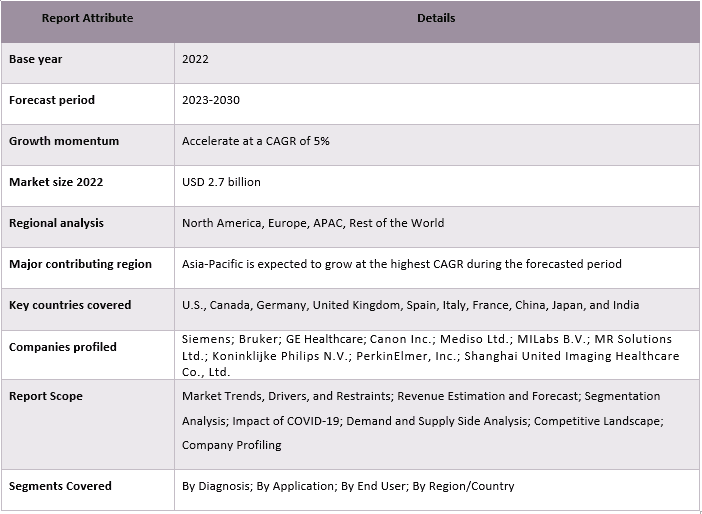
Reasons to buy this report:
- The study includes market sizing and forecasting analysis validated by authenticated key industry experts.
- The report presents a quick review of overall industry performance at one glance.
- The report covers an in-depth analysis of prominent industry peers with a primary focus on key business financials, product portfolios, expansion strategies, and recent developments.
- Detailed examination of drivers, restraints, key trends, and opportunities prevailing in the industry.
- The study comprehensively covers the market across different segments.
- Deep dive regional level analysis of the industry.
Customization Options:
The global multimodal imaging market can further be customized as per the requirement or any other market segment. Besides this, UMI understands that you may have your own business needs, hence feel free to connect with us to get a report that completely suits your requirements.
Table of Content
Research Methodology for the Multimodal Imaging Market Analysis (2023-2030)
Analyzing the historical market, estimating the current market, and forecasting the future market of the global multimodal imaging market were the three major steps undertaken to create and analyze the adoption of multimodal imaging in major regions globally. Exhaustive secondary research was conducted to collect the historical market numbers and estimate the current market size. Secondly, to validate these insights, numerous findings and assumptions were taken into consideration. Moreover, exhaustive primary interviews were also conducted, with industry experts across the value chain of the global multimodal imaging market. Post assumption and validation of market numbers through primary interviews, we employed a top-down/bottom-up approach to forecasting the complete market size. Thereafter, market breakdown and data triangulation methods were adopted to estimate and analyze the market size of segments and sub-segments of the industry pertains to. Detailed methodology is explained below:
Analysis of Historical Market Size
Step 1: In-Depth Study of Secondary Sources:
Detail secondary study was conducted to obtain the historical market size of the multimodal imaging market through company internal sources such as annual reports & financial statements, performance presentations, press releases, etc., and external sources including journals, news & articles, government publications, competitor publications, sector reports, third-party database, and other credible publications.
Step 2: Market Segmentation:
After obtaining the historical market size of the multimodal imaging market, we conducted a detailed secondary analysis to gather historical market insights and share for different segments and sub-segments for major regions. Major segments are included in the report as technology, application, and end user. Further country-level analyses were conducted to evaluate the overall adoption of testing models in that region.
Step 3: Factor Analysis:
After acquiring the historical market size of different segments and sub-segments, we conducted a detailed factor analysis to estimate the current market size of the multimodal imaging market. Further, we conducted factor analysis using dependent and independent variables such as technology, application and distribution channel of the multimodal imaging market. A thorough analysis was conducted for demand and supply-side scenarios considering top partnerships, mergers and acquisitions, business expansion, and product launches in the multimodal imaging market sector across the globe.
Current Market Size Estimate & Forecast
Current Market Sizing: Based on actionable insights from the above 3 steps, we arrived at the current market size, key players in the global multimodal imaging market, and market shares of the segments. All the required percentage shares split, and market breakdowns were determined using the above-mentioned secondary approach and were verified through primary interviews.
Estimation & Forecasting: For market estimation and forecast, weights were assigned to different factors including drivers & trends, restraints, and opportunities available for the stakeholders. After analyzing these factors, relevant forecasting techniques i.e., the top-down/bottom-up approach were applied to arrive at the market forecast for 2030 for different segments and sub-segments across the major markets globally. The research methodology adopted to estimate the market size encompasses:
- The industry’s market size, in terms of revenue (USD) and the adoption rate of the multimodal imaging market across the major markets domestically
- All percentage shares, splits, and breakdowns of market segments and sub-segments
- Key players in the global multimodal imaging market in terms of products offered. Also, the growth strategies adopted by these players to compete in the fast-growing market
Market Size and Share Validation
Primary Research: In-depth interviews were conducted with the Key Opinion Leaders (KOLs) including Top Level Executives (CXO/VPs, Sales Head, Marketing Head, Operational Head, Regional Head, Country Head, etc.) across major regions. Primary research findings were then summarized, and statistical analysis was performed to prove the stated hypothesis. Inputs from primary research were consolidated with secondary findings, hence turning information into actionable insights.
Split of Primary Participants in Different Regions
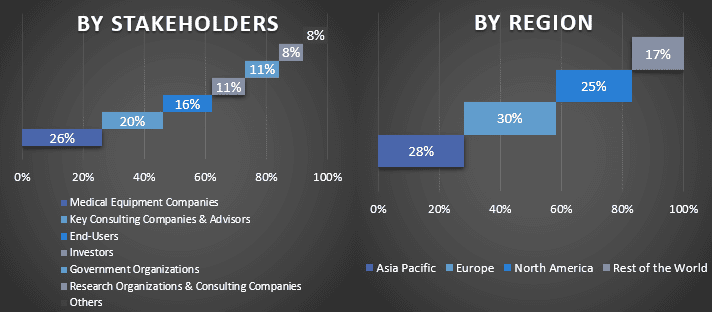
Market Engineering
The data triangulation technique was employed to complete the overall market estimation and to arrive at precise statistical numbers for each segment and sub-segment of the global multimodal imaging market. data was split into several segments & sub-segments post studying various parameters and trends in the areas of the technology, application and end user in the global multimodal imaging market.
The main objective of the Global Multimodal Imaging Market Study
The current & future market trends of the global multimodal imaging market were pinpointed in the study. Investors can gain strategic insights to base their discretion for investments on the qualitative and quantitative analysis performed in the study. Current and future market trends determined the overall attractiveness of the market at a regional level, providing a platform for the industrial participant to exploit the untapped market to benefit from a first-mover advantage. Other quantitative goals of the studies include:
- Analyze the current and forecast market size of the multimodal imaging market in terms of value (USD). Also, analyze the current and forecast market size of different segments and sub-segments
- Segments in the study include areas of the technology, application, icand end user
- Define and analysis of the regulatory framework for the multimodal imaging industry
- Analyze the value chain involved with the presence of various intermediaries, along with analyzing customer and competitor behaviors of the industry
- Analyze the current and forecast market size of the multimodal imaging market for the major region
- Major countries of regions studied in the report include Asia Pacific, Europe, North America, and the Rest of the World
- Company profiles of the multimodal imaging market and the growth strategies adopted by the market players to sustain in the fast-growing market
- Deep dive regional level analysis of the industry
Related Reports
Customers who bought this item also bought





